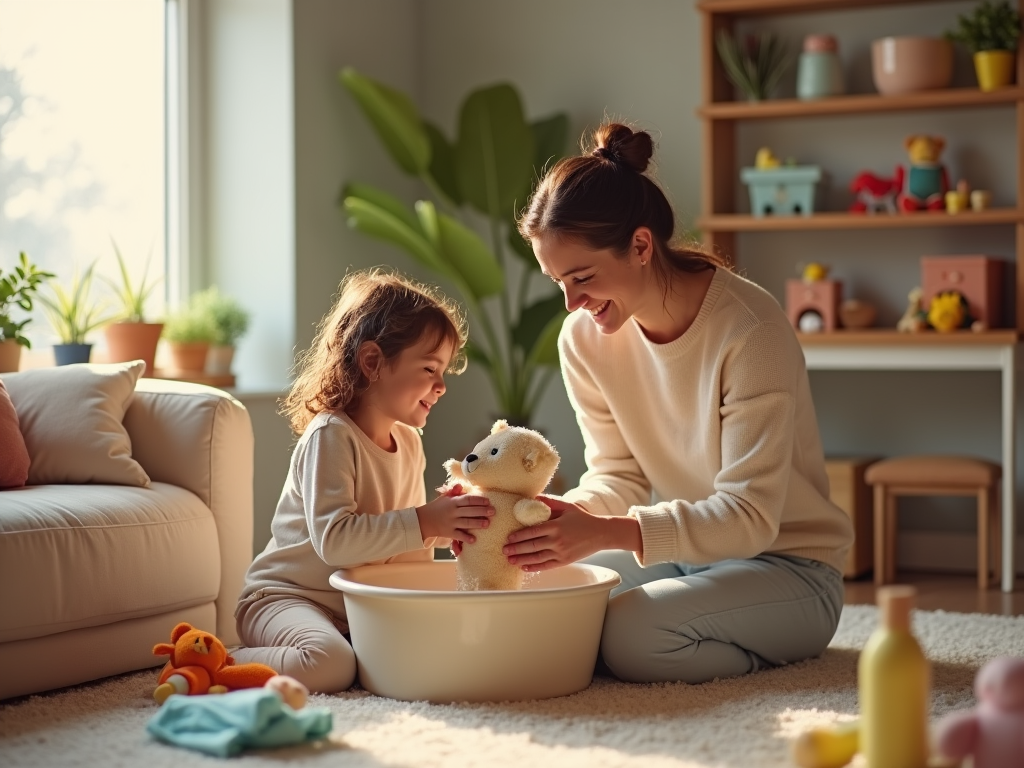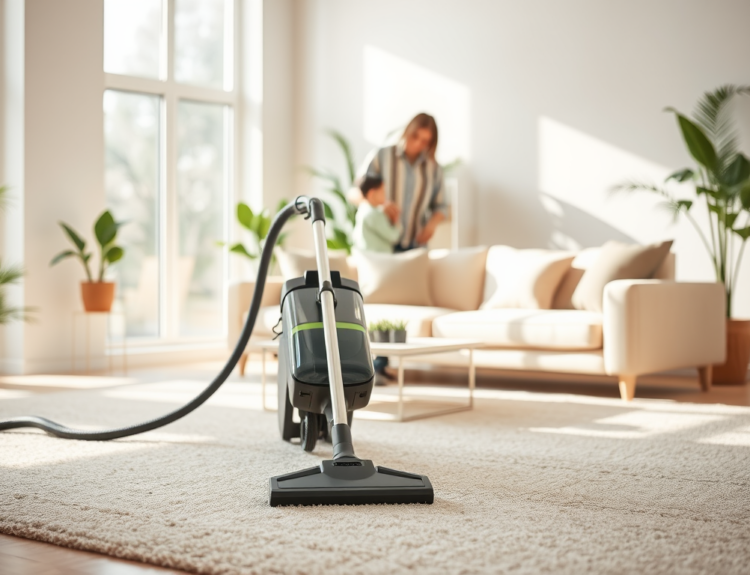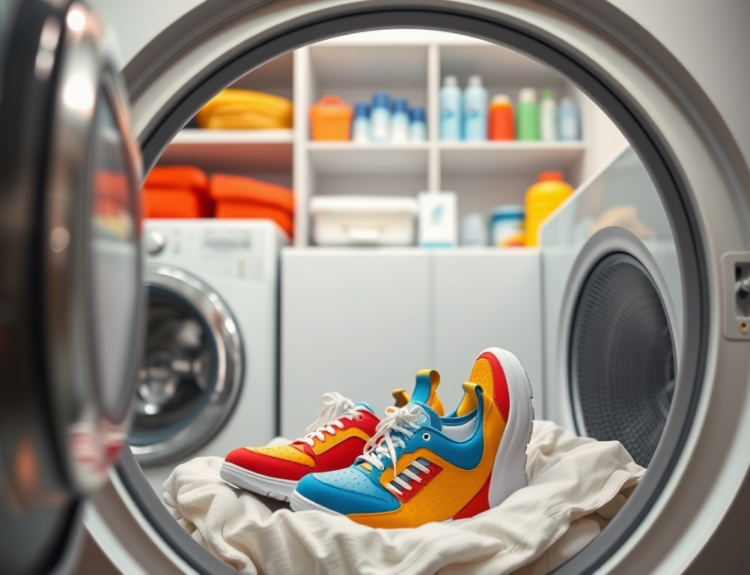Stuffed animals and dolls hold a special place in many hearts, often serving as cherished companions and confidants. However, these cuddly friends accumulate more than just love and memories; they can become breeding grounds for bacteria, dust mites, and allergens. Cleaning these toys is not just about aesthetics; it’s essential for maintaining health, hygiene, and emotional wellbeing. The reality is that most parents are shocked when they realize how dirty their children’s beloved toys can get.
For children, their stuffed animals and dolls often symbolize comfort and safety. Yet, over time, these items can collect dirt, crumbs, and other unpleasant surprises that can impact their condition and safety. Therefore, regular cleaning routines are vital, not just for the sake of cleanliness but also for prolonging the life of these cherished items. A clean stuffed animal or doll serves as a reminder that comfort can be maintained in a safe, healthy manner.
Why Cleaning Is Necessary
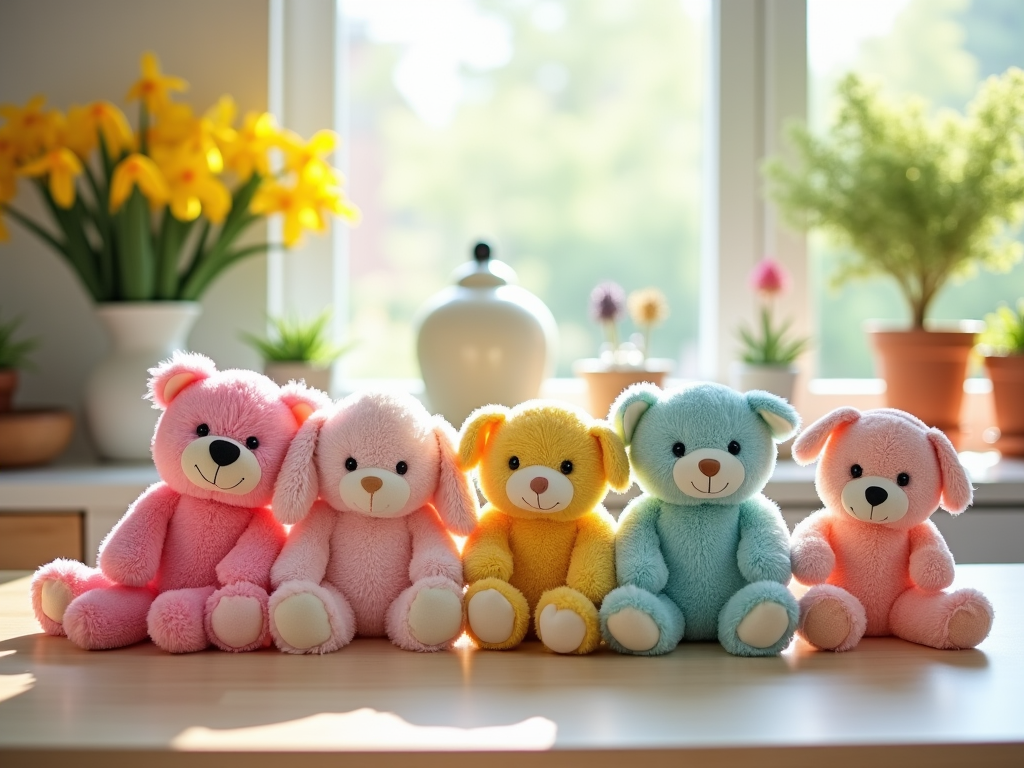
Cleaning these toys is crucial for several significant reasons. First, they are hosts to various allergens like dust mites, which can trigger allergic reactions in sensitive individuals, especially children. Moreover, germs and bacteria can thrive in these items, which can lead to illness, particularly if the toys are frequently placed in a child’s mouth. Children often develop attachment to these objects, so ensuring they are safe and clean is paramount.
Additionally, there are emotional benefits to cleaning these toys. When parents teach children about hygiene, they are instilling important habits that will last a lifetime. By involving children in the cleaning process, they gain a sense of responsibility, which fosters emotional maturity. It’s a way of showing love and care, making the act of cleaning an opportunity for bonding and learning.
How to Assess the Condition of Your Stuffed Animals and Dolls
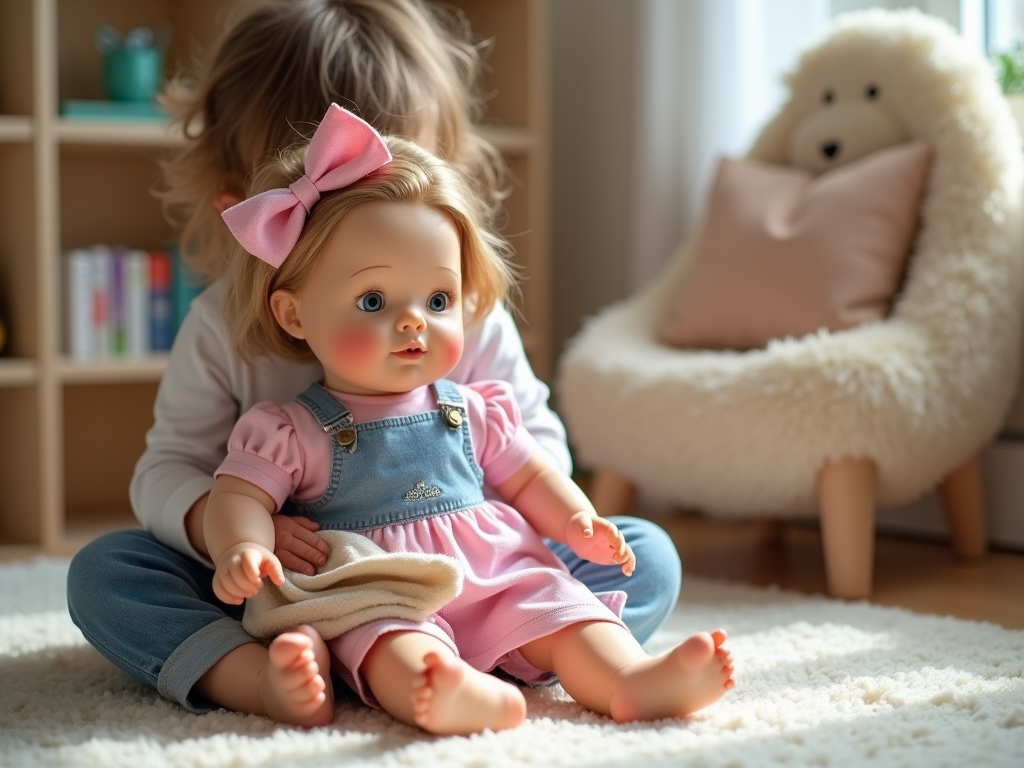
Before diving into the cleaning processes, assessing the condition of your toys is an important first step. Look for visible signs of dirt, stains, or wear and tear, which often indicate how much attention they require. It’s essential to feel the texture of the fabric as well; for instance, if something is stiff or lumpy, it may require more extensive cleaning. Many toys also have labels indicating their material and care instructions, so checking these is crucial.
Cleaning Methods for Stuffed Animals
Machine Washing
Machine washing can be a quick and effective cleaning method, but not all stuffed animals are suitable. If the toy has a care label that confirms it’s machine washable, proceed with caution. Generally, it’s best to use a gentle cycle with cold water along with a mild detergent. This method saves time and ensures a deeper clean.
### Pre-Washing Tips:
- Remove any accessories or small parts that may get lost in the wash.
- Put the stuffed animal in a pillowcase or laundry bag to protect it.
- Use a gentle detergent that won’t irritate sensitive skin.
Hand Washing
If you’re dealing with a more delicate toy or unsure of its fabric, hand washing is your best bet. Fill a basin with cool water and add a few drops of a mild detergent. Submerge the toy, gently scrubbing any soiled areas with a soft cloth. This method can be more labor-intensive, but it provides the thorough care that your precious toys deserve.
Cleaning Methods for Dolls
Vinyl and Plastic Dolls
Cleaning vinyl and plastic dolls is relatively straightforward. These materials can be wiped down using a damp cloth and a gentle soap solution. Be sure to pay extra attention to facial features and hair; some cleaning products can strip paint or damage style. It might be useful to prepare a table of recommended products.
| Material | Recommended Cleaning Method | Products to Use |
|---|---|---|
| Stuffed Animals | Machine Wash/Hand Wash | Mild detergent, color-safe bleach |
| Vinyl Dolls | Wipe Down | Soap & water solution |
| Fabric Dolls | Hand Wash | Mild detergent, fabric softener |
Fabric Dolls
Fabric dolls often have intricately painted features, making special care necessary during cleaning. Use a soft cloth or sponge and mild soap to gently clean the areas that need attention. It is crucial to avoid saturating the fabric to prevent damage. After cleaning, allow the doll to air dry naturally away from direct sunlight to maintain color vibrancy.
Special Cases: Vintage and Antique Toys
Vintage and antique toys require extra care to avoid diminishing their value. Consult a professional if you’re unsure about the cleaning procedure, especially since some materials might not react well to standard cleaning methods. Often, professional restoration services have access to specialized techniques and products to preserve these unique items. Always check whether the cleaning process could harm the authenticity and integrity of the toy.
Maintenance Tips to Prevent Future Dirt Accumulation
To keep your stuffed animals and dolls clean, establish a regular cleaning schedule that fits seamlessly into your lifestyle. Ideally, these toys should be cleaned every few months, with frequency increased based on how often they are used. Another vital aspect is proper storage; keeping toys in dust-free bins or covered places can significantly reduce dirt accumulation.
### Practical Tips for Maintenance:
- Designate a “toy cleaning day” each month.
- Teach children how to spot-clean toys after playtime.
- Rotate stuffed animals in and out of storage to keep them fresh.
Conclusion
Regular cleaning of stuffed animals and dolls is not just a task; it’s an essential practice for health, hygiene, and emotional development. When these toys are kept fresh and clean, they can continue to provide comfort and companionship for many years. Teaching children the importance of cleanliness can foster good habits and instill a sense of responsibility. So next time you spot the dust bunnies lurking on your child’s favorite toy, take a moment to create a plan for cleaning and maintenance.
Frequently Asked Questions
- How often should I clean stuffed animals? It’s recommended to clean them every few months, or more often if they get heavy use.
- Can I machine wash all stuffed animals? Not all stuffed animals are machine washable; check the care label before proceeding.
- What should I do if my doll has dirt stains? Try using a gentle soap and water solution, or consult specific cleaning instructions for intricate details.
- Is it safe to use bleach on stuffed animals? No, bleach can damage fabrics and cause discoloration; opt for a gentle detergent instead.
- How can I freshen up toys between cleanings? Use a fabric freshener spray or place them in the sun for a few hours to eliminate odors.
